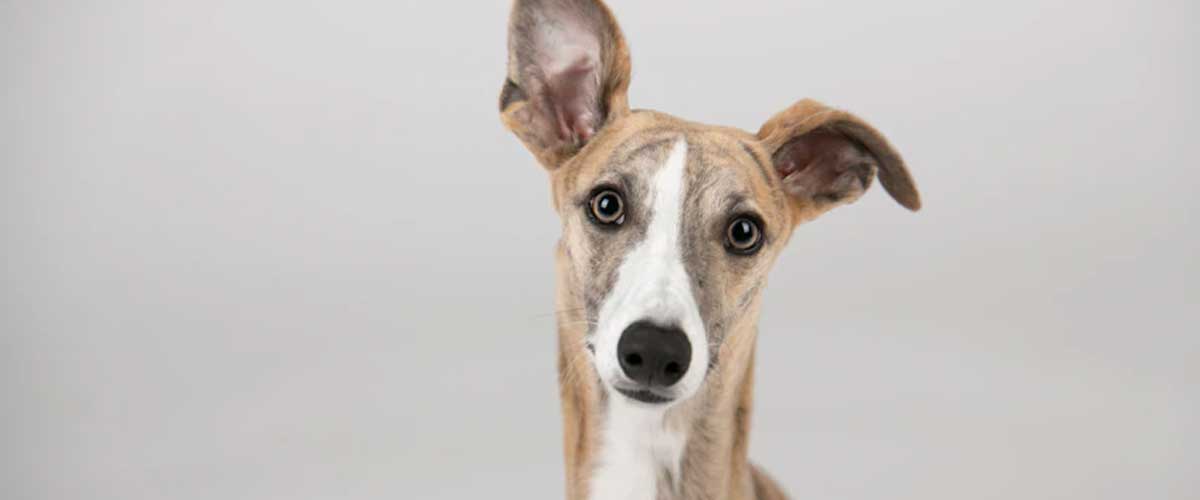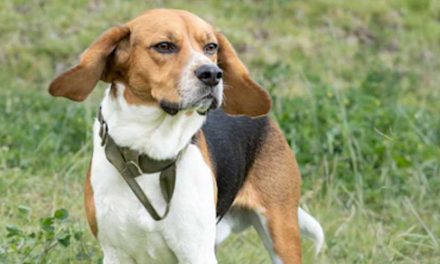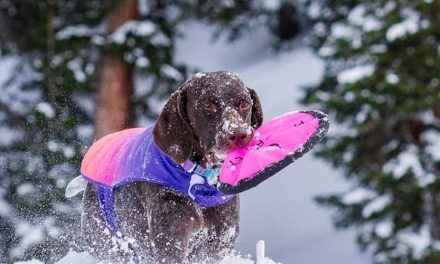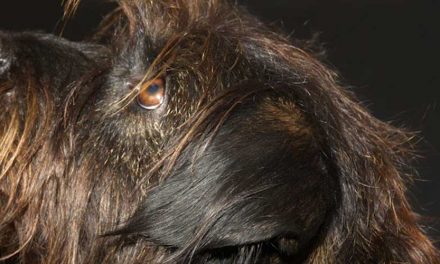The Greyhound is a breed that embodies grace and speed, often recognized for its slender physique and striking appearance.
These gentle giants have captured the hearts of dog lovers around the world, not only for their athletic prowess but also for their affectionate nature.
History and Origins
The history of the Greyhound dates back thousands of years, with evidence of their existence found in ancient Egyptian artifacts as far back as 4000 BC.
Bred primarily for hunting and coursing game, Greyhounds were prized for their incredible speed and agility, making them exceptional hunters.
Their lineage can be traced through various cultures, including the Greeks, Romans, and Celts, who admired their ability to chase down game.
As time progressed, Greyhounds became popular in the sporting world, particularly in dog racing.
However, the decline of dog racing in some areas has seen this breed transition into the role of beloved family pets, cherished for their calm demeanor and loyalty.
Physical Characteristics
Greyhounds are known for their unique physical attributes.
They typically stand between 28 to 30 inches tall at the shoulder and weigh anywhere from 60 to 70 pounds.
Their sleek, aerodynamic bodies are built for speed, with long, powerful legs, a narrow head, and deep chest.
The breed comes in a variety of colors, including brindle, fawn, black, and various combinations of white and other shades.
One of the most appealing aspects of Greyhounds is their gentle expression and calm demeanor, which tends to endear them to families and individuals alike.
Temperament and Personality
Greyhounds are often described as gentle, loving, and affectionate, making them wonderful companions.
Despite their racing background, they are surprisingly low-energy when at home.
Greyhounds thrive in relaxed environments and require plenty of rest, spending most of their time lounging around.
However, they do enjoy bursts of exercise, and a daily walk or run in a safe, enclosed space is crucial to their physical and mental well-being.
These dogs are typically good with children and can coexist peacefully with other pets, especially if introduced at an early age.
Their friendly nature makes them adaptable to various living situations, including apartments, as long as they receive enough exercise.
Care and Maintenance
Caring for a Greyhound is relatively straightforward.
Their short coat requires minimal grooming, with occasional brushing needed to remove loose fur.
Additionally, Greyhounds are generally healthy dogs, though they can be prone to certain health issues such as bloat, hip dysplasia, and certain genetic conditions.
Regular veterinary check-ups and a balanced diet will help keep them healthy.
Potential Greyhound owners should be aware that these dogs do best in homes with secure fencing, as their instinct to chase can lead them to bolt after small animals.
Crate training can also be beneficial in helping them feel secure.
Adoption and Rescue
Many retired racing Greyhounds are available for adoption through various rescue organizations.
Adopting a Greyhound not only provides a loving home for a deserving dog but also helps reduce the number of dogs in shelters.
These organizations often provide support to new owners, including training and resources to ease the transition into family life.
Conclusion
The Greyhound is much more than a racing dog; it’s a devoted companion known for its kindness and gentle spirit.
Whether you’re looking for a workout buddy or a couch potato to share your home with, this breed can adapt to your lifestyle.
With a little love, understanding, and care, a Greyhound can become a cherished member of your family, bringing joy and companionship for many years to come.
If you are considering adding a breed with a storied past and a noble presence to your home, the Greyhound may just be the perfect choice.










